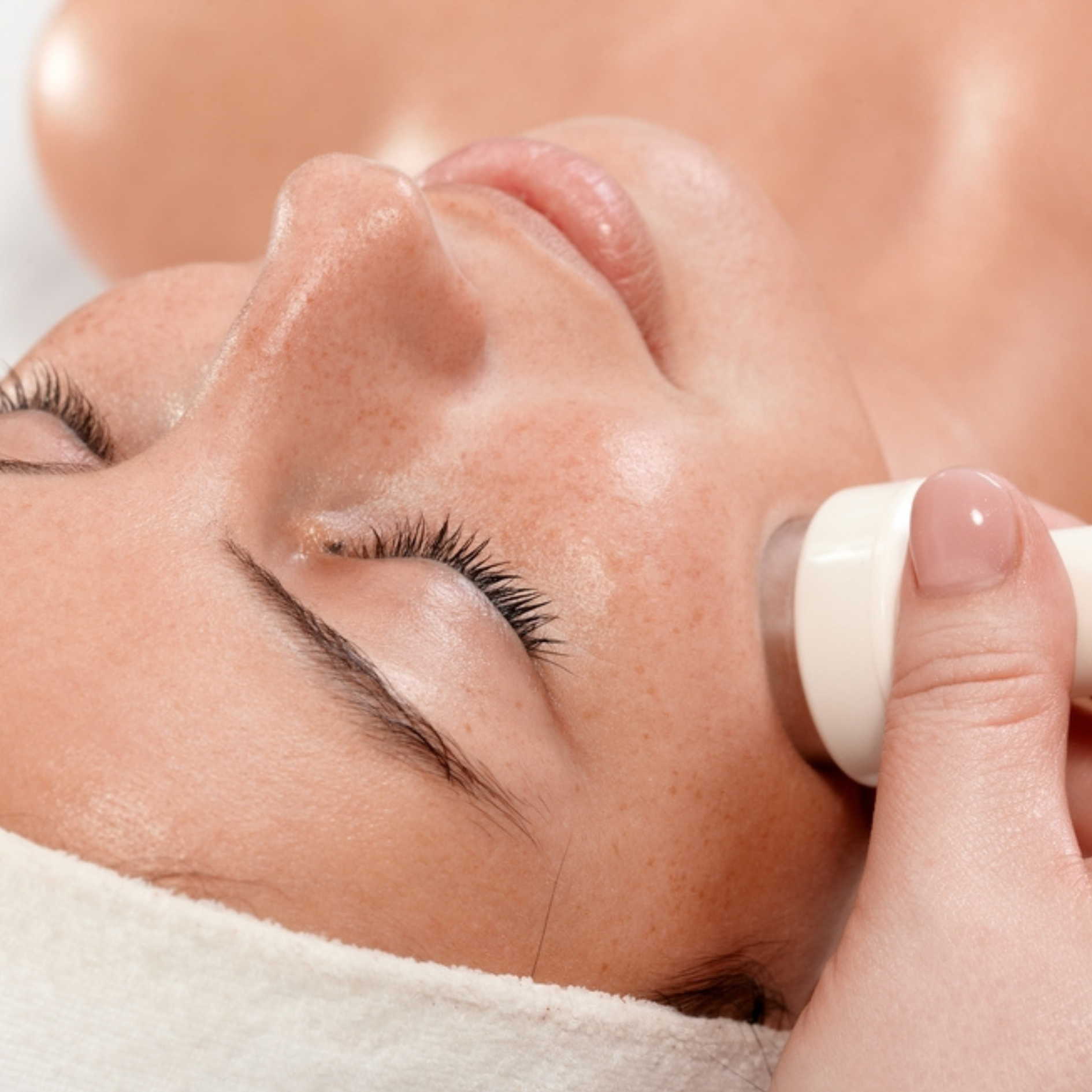Reflexology, an ancient healing practice, has been a cornerstone of holistic health for centuries. With roots tracing back to ancient Egypt, China, and India, reflexology involves applying pressure to specific points on the feet, but reflex points can also be treated on the hands and ears. Each reflex point corresponds to an organ system within the body so it has a system-wide effect.
A Brief History of Reflexology
In the 20th century, reflexology was introduced to the West, with significant contributions from Dr. William Fitzgerald, who developed “zone therapy.” Later, Eunice Ingham, a physiotherapist, refined this into what we now know as modern reflexology, mapping out reflex points on the feet that correspond to different body parts.

During a session, a reflexologist will use their hands, fingers, and thumbs to apply the right type of pressure that suits you, to these reflex points. This is a deeply calming and balancing treatment.
-
Nerve Pathways: The body is rich in nerve endings, especially in the hands and feet. These nerve endings are connected to various parts of the body through complex neural pathways. When reflex points are stimulated, sensory neurons carry signals to the spinal cord and brain. The CNS processes these signals and sends responses back to the corresponding organs or systems, potentially promoting relaxation, improved blood circulation, and homeostasis (balance within the body).
-
Parasympathetic Activation: The ANS controls involuntary bodily functions, such as heart rate, digestion, and respiratory rate. It has two main branches: the sympathetic nervous system, which triggers the “fight or flight” response, and the parasympathetic nervous system, which promotes “rest and digest.” Reflexology is believed to stimulate the parasympathetic nervous system, helping to slow the heart rate, reduce blood pressure, and relax the muscles. This shift from a sympathetic to a parasympathetic state can alleviate the physical and psychological symptoms of stress, leading to a sense of calm and well-being.
-
Stress Hormone Regulation: Reflexology may also impact the endocrine system by regulating the release of stress hormones like cortisol. High cortisol levels are associated with chronic stress, which can disrupt many bodily functions, including immune response, digestion, and sleep. By promoting relaxation, reflexology can help lower cortisol levels, contributing to overall health and resilience.
-
Endorphin Release: Endorphins are neurotransmitters that act as natural pain relievers. Reflexology, by stimulating specific reflex points, may trigger the release of endorphins, which can help reduce pain and induce a sense of euphoria. This mechanism is similar to how other forms of touch therapy, like massage, are thought to work.
-
Chronic Pain and Reflexology: For chronic pain conditions, reflexology might provide relief by interrupting the cycle of pain and stress. Chronic pain often leads to increased stress, which in turn exacerbates the perception of pain. By reducing stress and promoting the release of endorphins, reflexology can help break this cycle, providing relief and improving quality of life.



